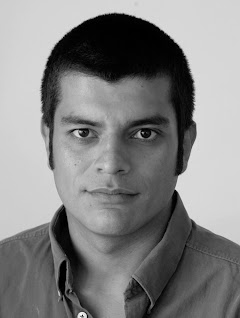Beat
I cover breaking news, other regular news stories and sports.
One Shot

“This was one of the first pictures I took during coverage of Haiti’s earthquake in 2010, sent out during the first 12 hours of the disaster, and published as breaking news. It's important to me because of my sympathy with the country and the children there.”
Profile
My earliest memory of photography is of photographers in squares in Colombia, who had ponies or llamas to get children's attention and charged money for the photos they took.
I learnt photography at an institute in Bogota, but before that I remember learning a lot by shooting pictures on the streets. I also had the opportunity to learn from a group of professional photographers when I was 18. It helped me a lot to understand what I could do in this lovely and sociable profession.
My first assignment was for Colombia's main newspaper El Tiempo, covering a protest by the homeless in Bogota’s main street. The editor gave me four films and told me to come back when I had something to show him. The protest was peaceful, and it was interesting to see the demonstrators demanding a better quality of life from the government. For me, it was quite exciting being among these people who, in Colombia, are labelled as “dangerous”. My camera gave me a chance to share an experience with them, talk about their problems and take pictures to report that protest in the city were I used to live.
I pray for sports assignments, I love sports. But when you have assignments that involve you in a social situation like Haiti, Colombia, Iraq and Egypt, they certainly have a special draw for you as a photojournalist.
The story that left the biggest mark on me was the 2010 Haiti earthquake. It was terrible to watch people falling down dead on the streets, and to see the amount of corpses. It was an awful feeling, that you couldn’t do anything for people desperately asking you for help.
Every assignment has a specific audience waiting for your best shot.
My biggest lesson has been to focus when experienced people are talking; they have the key to your next assignment. They have important knowledge, and you always learn something new from them in this profession.
I most respect loyalty, because it is the basis of all relationships. As a photojournalist you need to be true and loyal to your principles of ethics.
Behind the Scenes


